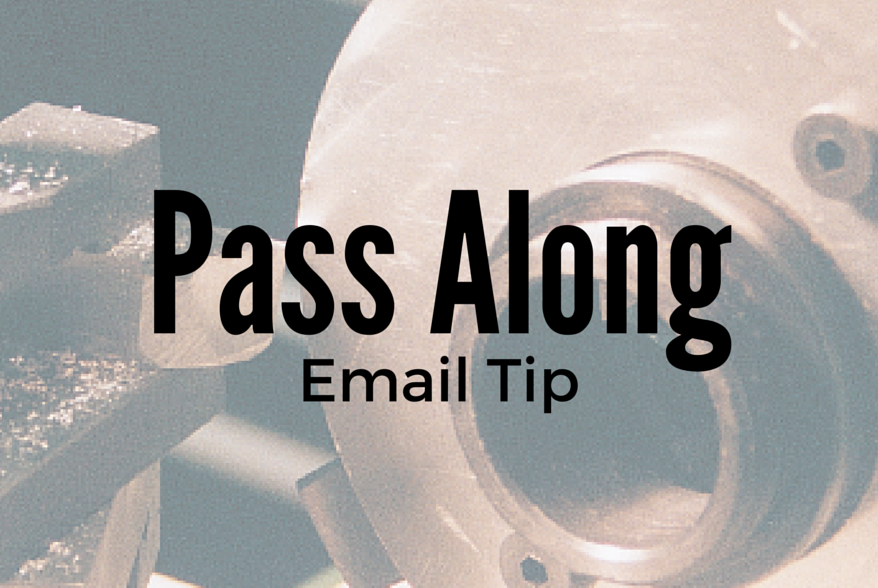By Greg Schmidt
I once had a socket head cap screw that was really tight in its hole. The Allen/hex wrench I was using may have been slightly rounded; in any case, it rotated in the socket and stripped out the hex.
Soaking the screw overnight in WD-40 did not work, so I considered all the time-honored techniques like drilling it out, using an extractor, heating, tapping with a chisel to get a counterclockwise rotation, etc. This was not a rush job, so I decided to try something new instead.
First, I cleaned the cap screw socket and a new hex wrench using alcohol and a Q-tip. I then put a little bit of J-B Weld onto the hex wrench and set it into the cap head socket. I used just enough for the epoxy to fill the gaps between the wrench and the socket, but not so much that it oozed out of the socket. I held the wrench in position with a piece of scrap wood and left it for about 24 hours. The next evening the hex wrench flexed a lot when I applied torque, but the screw broke free!
For you frugal fellows like me who want to remove the screw from the wrench with a torch when done, use caution! There I was, torching merrily away, when I heard a loud BANG and a “ting” off the wall. Boy, did I jump! I suppose some of the epoxy/oil/alcohol at the bottom of the socket started to vaporize and the vapors built up pressure in the socket while the bond weakened until things broke free and shot the screw across the garage. So be careful while torching and have a safe “target” for the screw!
You could probably extend this technique to stripped screws or nuts as well, but I have not tried anything else yet. Just be careful not to let the adhesive overflow into the threads! Theoretically, this should work with any hard curing epoxy, but I’ll be “sticking” with the J-B Weld, it does a “bang up” job!

